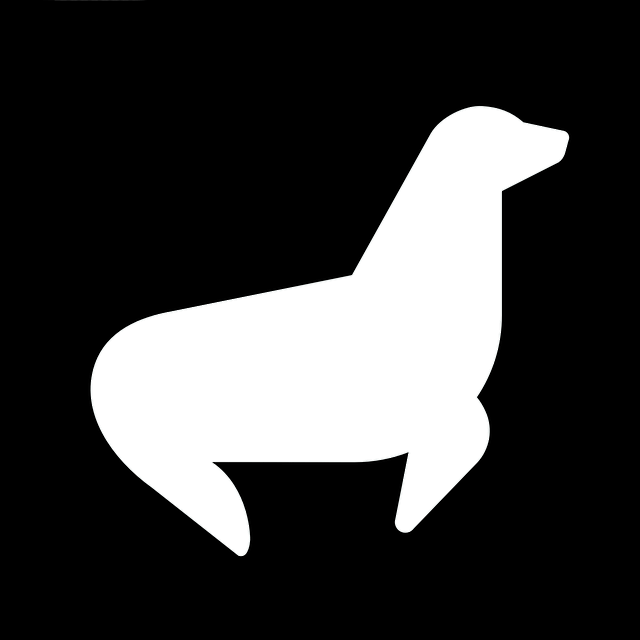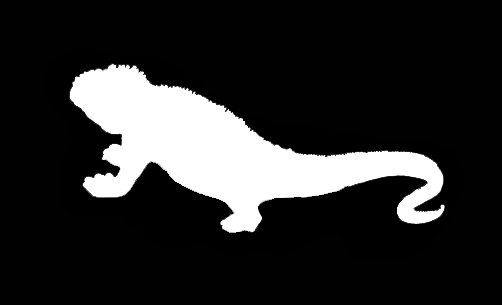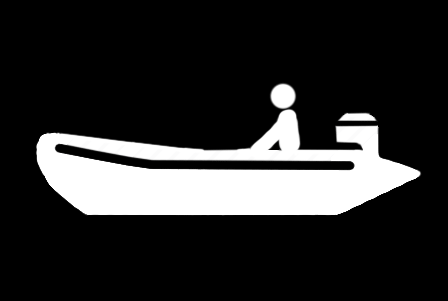| Uplifting and lava flows issuing from the massive domed cone of Volcano La Cumbre have formed Fernandina the most volcanically active island in the Galapagos. Punta Espinosa is a jagged promontory of cracked and eroded lava, but the name could also refer to the hundreds of spiny marine iguanas that drape the rocks. Pristine nature under an active volcano and a highlight of any cruise. Flightless cormorants, Galapagos penguins, Galapagos sea lions, waders and the world's largest colony of marine iguanas thrive on the edge of a barren lava flow. Fine stands of mangroves support yellow warblers, Darwin finches, large billed flycatchers, Galapagos hawks and nesting brown pelicans. Snorkellers can watch green sea turtles and marine iguanas underwater and shallow lagoons attract sea turtles more sea lions, fish and rays visible to landlubbers. Fine examples of lava cactus and pahoehoe lava.
The immense shield of Fernandina volcano provides an impressive backdrop for Punta Espinosa, a narrow spit of sand and lava rock extending from the base of the volcano into the sea. the harshness of the recently formed landscape of Fernandina's slopes can be appreciated by taking the trail inland to the edge of a large AA lava flow.
Punta Mangle is a new destination opened up for 2012. The island of Fernandina has no foreign species living on it and therefore it is one of the world's most pristine island ecosystems. This island is dominated by volcano “La Cumbre” which gave birth to the island and has lave fields reaching the ocean. Some of the attractions are the Flightless Cormorant nesting site. This area provides great opportunities to see the Galapagos Hawk.
Attractions: Flightless Cormorant, Marine Iguanas, Sea Lions, Sally Lightfoot Crabs,
Volcano "La Cumbre"    Activities: = Panga Ride, = Hiking Activities: = Panga Ride, = Hiking   Landing: Dry Landing: Dry
Location: Westernmost island, 275 kim northwest of Puerto Ayora, 25 km south of Punta Vicente Roca
Facilities: None, dry landing (wet at low tide) at the only visitor site.
Photo opportunities: Flightless cormorants, Galapagos penguins, marine iguanas, lava cactus, paheohoe lava, and aa lava.
|